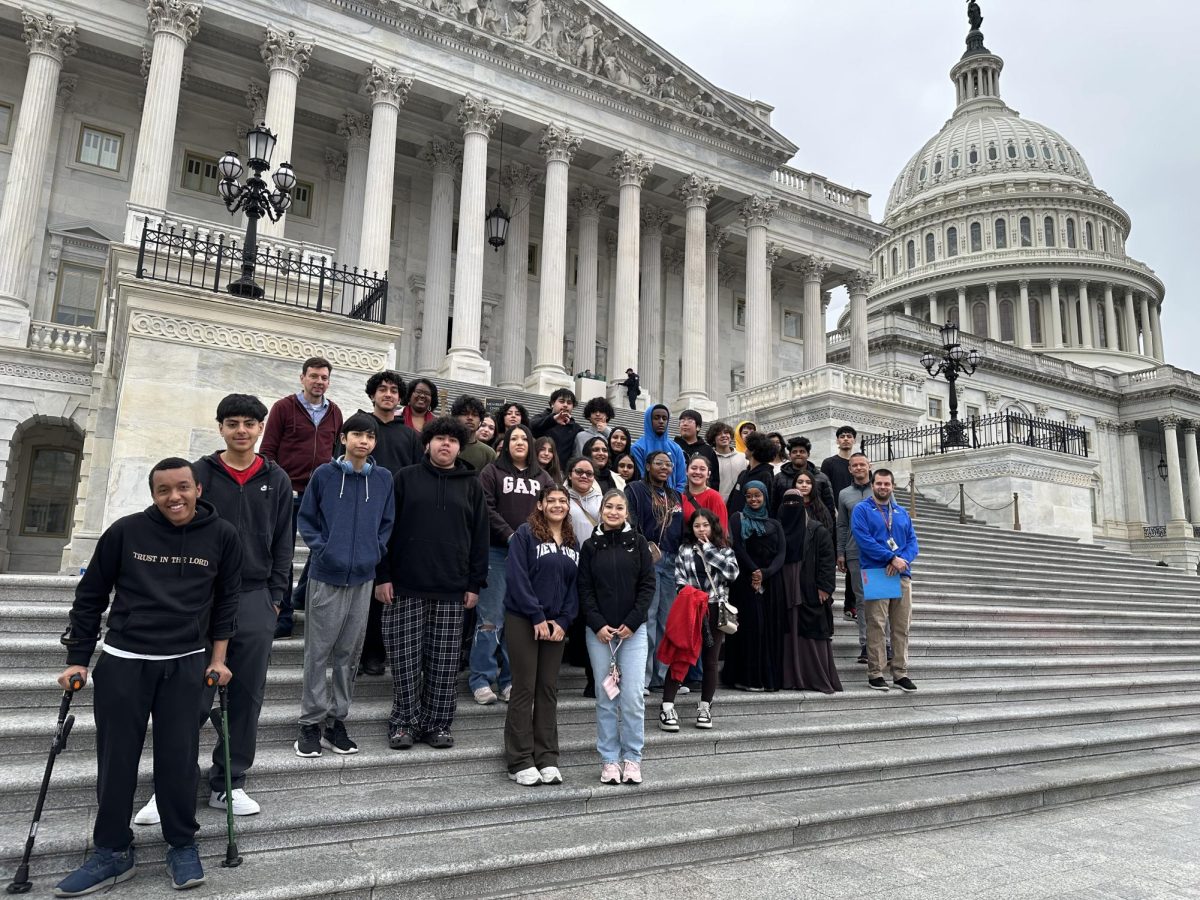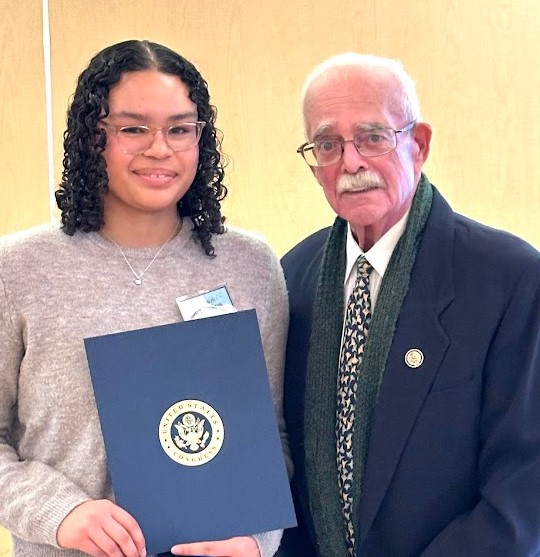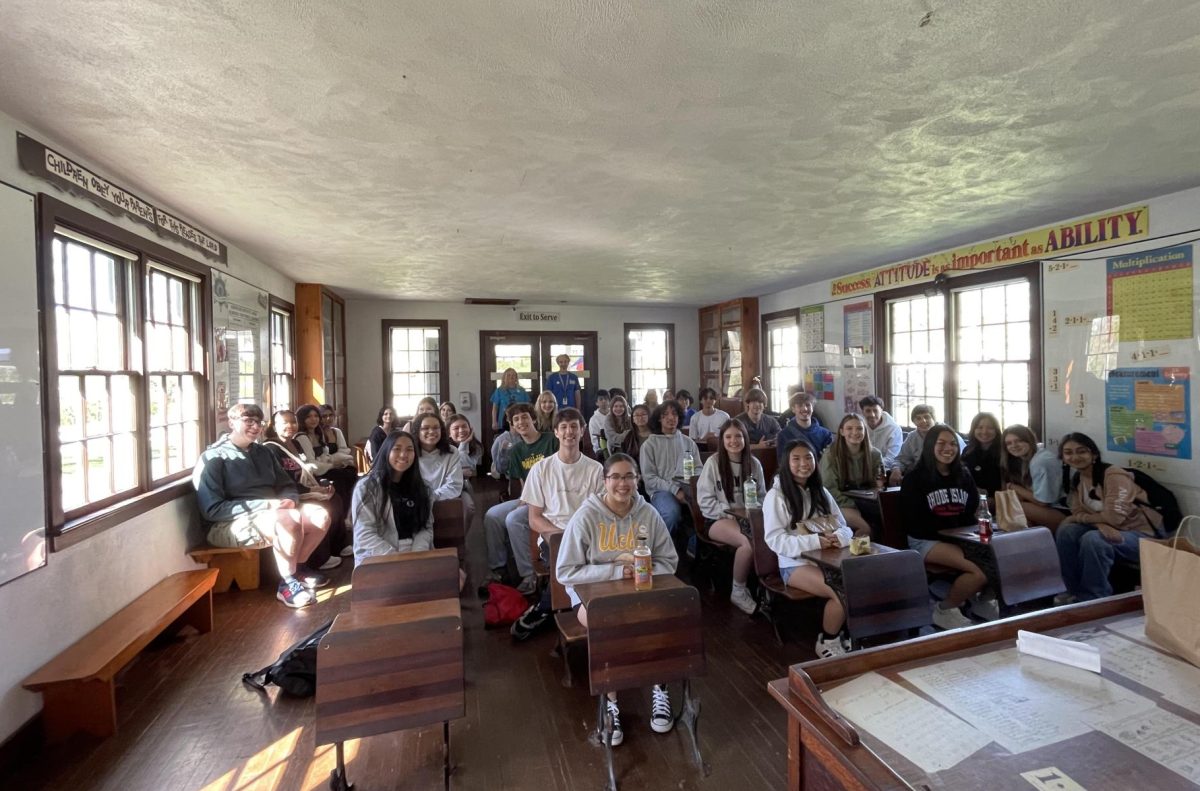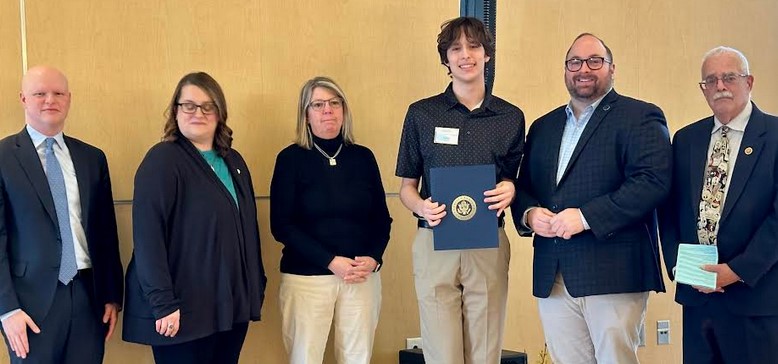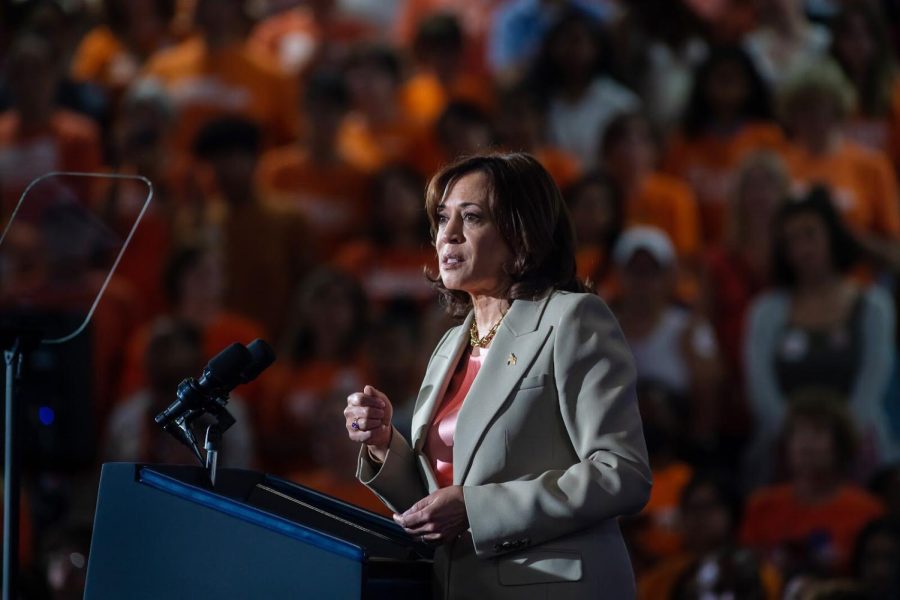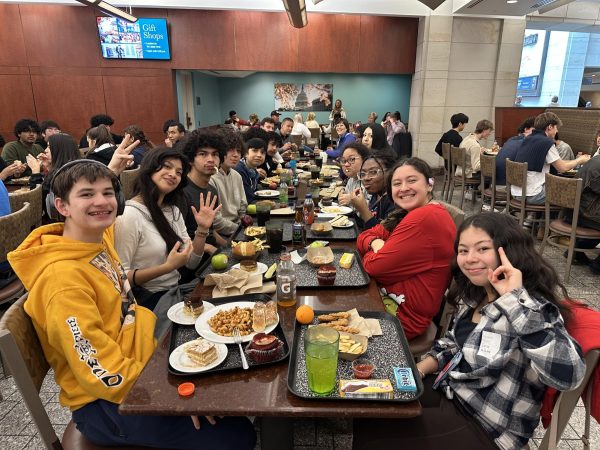
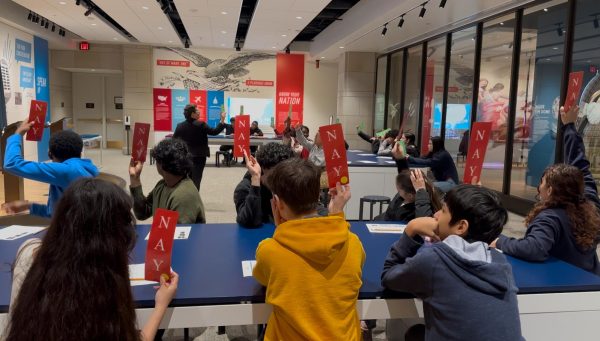
On February 27, Lewis government and history classes went on a field trip to visit the U.S. Capitol in Washington D.C. This government/history field trip has become a spring tradition at Lewis High School.
The U.S. Capitol is known to be the place where our laws are made. The U.S. Capitol represents the American people and our government.
There were five teachers and one librarian united in this field trip: Government teacher Carl Peduzzi, head librarian Muriel Marquet, IB History teacher, Corey Illes, government teacher in HS George Pugh, Lewis Leadership director Deborah March, and special education government teacher Keisha Miller.
IB History teacher Corey Illes explained the purpose of taking students to the U.S. Capitol. “I like to take students there because most kids have not been to the Capitol, and we live so close. I think that they need to go there and see what it looks like and have a tour and get out of school to learn a little about their government in a different way,” Illes said.
Head librarian Muriel Marquet enjoyed watching high school students see the U.S. Capitol for the first time. “Bringing students–many of whom had never been to Washington D.C. before–to see the Capitol, that was exciting.”
When Lewis’ Government and history students arrived at 9:00AM at the U.S. Capitol, they first stopped outside to view the amazing architecture and landscaping that is Capitol Hill. Teachers and students used this opportunity to take photos outside of the U.S. Capitol for memories.
After viewing the mesmerizing views of the U.S. , the group went to the Capitol Visitor Center located at the Main entrance to the U.S. Capitol but located underground on the east side of the Capitol. From there, they went through security to tour inside of the U.S. Capitol Hill.
At this point, the students separated into smaller teacher-led groups. Some groups did the simulation tour first while others did the democracy lab.
The stimulation tour was astonishing to see. Tours walked through the Capitol Crypt and viewed the statues.
Beneath the Crypt, there is a space where Congress had hoped to place the remains of President George Washington, but unfortunately, George Washington’s family refused the offer, burying him at his Mount Vernon estate. Today, the spot is marked by a red star intended to be for George Washington’s remains. This tour allowed the group to consider the significance of George Washington as the first president in the U.S.
Sophomore Eny Portillo thought about the creation of George Washington’s tomb and why it was important for her to view this location within the Crypt. “It was important to me because I think learned a lot of things that I didn’t know, like for example, [I learned about] the funeral for George Washington that they had in the middle of the Capitol,” Portillo said.
After going to the Capitol Crypt, the tour went to the Supreme Court gallery clock, which was ordered for the chamber by the fifth chief justice Roger Taney in 1837. Students and teachers learned that the old Supreme Court Chamber had been restored to its 1850’s appearance. Today, it is dimly-lit but an important glimpse into history.
The tour group walked through the Capitol Rotunda after viewing the Supreme Court Gallery clock of 1837, and viewed the impressive statues all around them. (I recognized Dr. Martin Luther King Jr’s Statue, George Washington, and Abraham Lincoln’s.) The majority of students took out their phones to take videos or photos of the dome structure, the paintings, and the statues that lined the Rotunda.
After the Capitol Rotunda, the tour went to see the Old Senate Chamber room, which offered an especially impressive view.
At the end we went to the last place of the stimulation tour which was the Statuary Hall, located in the south wing, which seemed a bit similar to the Capitol Rotunda since it was filled with statues of prominent Americans.
After 10:25 AM, the groups switched stations, and it was onto the Democracy Lab for my group. We did an activity lab about a dam that was created in order for the people in San Francisco to survive after nearly 70% of their city was destroyed due to the Loma Prieta earthquake of 1989. Students learned that this was a serious event which impacted many people’s lives. The lessons learned from the Loma Prieta earthquake are reminders on how to protect ourselves from future disasters and to always be alert.
After the democracy lab, we took a lunch break in the cafeteria and went on a short walk around the museum and gift shop. After the break, the students and staff paid a short visit to the Library of Congress in the early afternoon.
The Library of Congress holds many ancient historical artifacts. For example, they had an Ethiopian Iconography of Saint Michael which is a book and keepsakes of times of war, a big yellow ribbon from the Iran Hostage Crisis (which sparked an American tradition during ties of conflict), and a color illustrated poster “Counting and Writing Numbers” that was designed to be hung in American classrooms of the 1890’s.
The Library of Congress was unexpected treasure trove for sophomore Reign Atkerson. “I didn’t think that the Library of Congress would just be like a display. I thought it would be like an actual library,” Atkerson said.
The visit to the Library of Congress concluded a successful field trip. This field trip made students more knowledgeable of where our laws are made and learn about America’s national library. The field trip was an occasion to reflect on American values.
Head librarian of Lewis, Muriel Marquet, explains the values that the U.S. Capitol brings into her own life. “As a citizen of the United States visiting the Capitol is a fantastic reminder of the ideals of this country, the importance of law, and of the right to vote and of democracy. It’s a reminder that while the country is not perfect it’s also the reminder of the ideals that we pulled in our hearts,” Marquet said.
This field trip to the U.S. Capitol and Library of Congress made Lewis government and history students see beyond a textbook or online images. Lewis students viewed the different arts, statues, paintings, and designs in-person, and through doing so, they learned more about the democracy and history of the United States of America.

